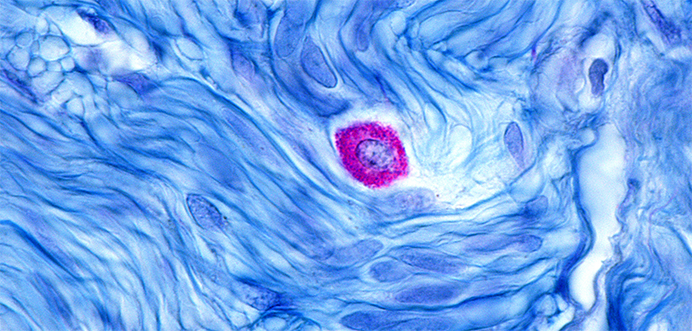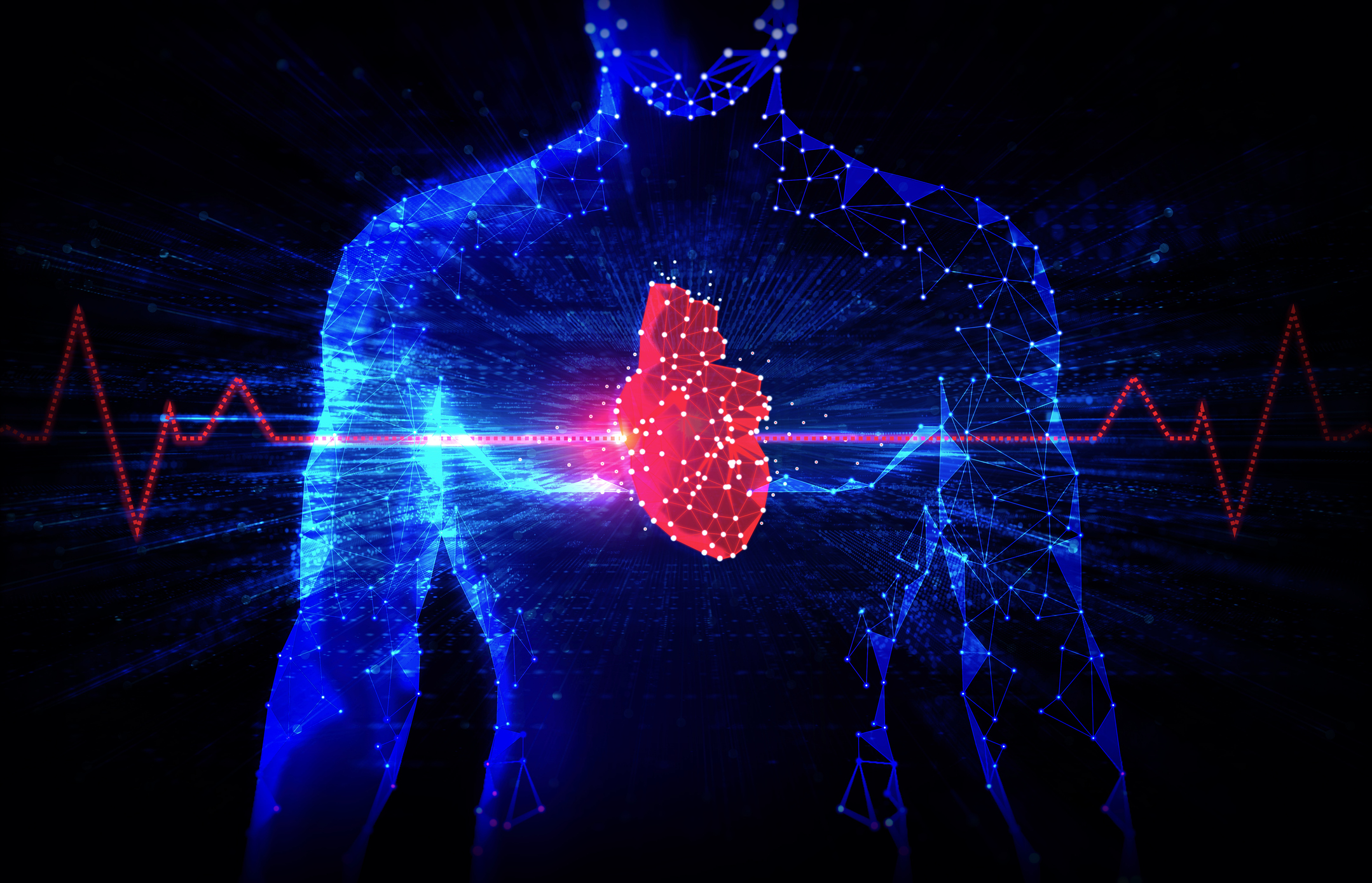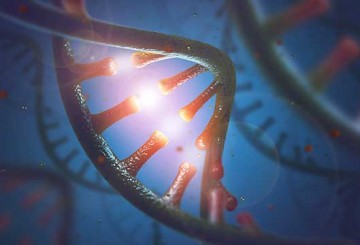
This article was originally published in the Breakthroughs Newsletter. Find more stories like this, as well as the Breakthroughs Podcast, on the Breakthroughs homepage.
Food allergies are a growing problem, affecting 8 percent of children and 10 percent of adults.
Despite the prevalence — and despite the life-threatening nature of many of these allergies — the field still has many open questions regarding disease origin and potential treatment.
Feinberg investigators are now conducting basic science research, epidemiological studies and drug trials of new therapies to uncover the breadth of the problem, understand the basic cellular pathways and develop new avenues of treatment.
Understanding the Problem
When she began her career 15 years ago, Ruchi Gupta, MD, MPH, professor of Pediatrics and director of the Science and Outcomes of Allergy and Asthma Research (SOAAR) Program, found the field had limited epidemiological information on the prevalence, severity and types of food allergies. She and her collaborators set out to change this. In recent years, she conducted surveys of more than 40,000 adults and 40,000 children that showed just how widespread and problematic food allergies are; the studies were published in JAMA Network Open and Pediatrics respectively.
Gupta and her team found that one in 13 children have a food allergy or 8 percent (with the most common allergens being peanut and milk). Gupta was surprised by the prevalence, not only of adults with food allergies (more than 10 percent), but of adults who reported having a food related condition (20 percent).
The study data indicated that the most prevalent food allergens among U.S. adults are shellfish (affecting 7.2 million adults), milk (4.7 million), peanut (4.5 million), tree nut (3 million), fin fish (2.2 million), egg (2 million), wheat (2 million), soy (1.5 million) and sesame (.5 million). Surprisingly, half of those with a food allergy reported developing it as an adult.
“With so many adults developing new allergies as adults, we need to understand this new phenomenon,” Gupta said. “By studying adults, we can learn more about potential triggers to allergy development in both adults and children.”
Mitigating Racial Disparities
Gupta and her collaborators have also received a grant from the National Institutes of Health to study racial disparities among children with food allergies, especially between African-American and white children. At four sites around the country, investigators will study a wide range of issues among 1,000 food-allergic children, including their food allergy types, presentations, development and outgrowth, skin and gut microbiome, genomics, daily life issues, psychosocial factors and more.
A previous study conducted by Gupta showed that while African-American children had similar food allergy rates to white children, they had half the chance of being diagnosed. “We need to understand how best to care for all our patients and to understand potential difference in food allergy presentation and diagnosis by many factors including race, ethnicity and SES,” she said.
Developing New Therapies
Peanut allergy is the most common food allergy in the U.S., affecting more than 1.6 million children, and it accounts for the majority of deaths related to food allergy. Currently, there are no approved treatments. The standard of care has been a strict elimination diet and timely administration of rescue medications in case of an allergic reaction from accidental exposure.
But a recent clinical trial published in the Journal of the American Medical Association (JAMA) showed that immunotherapy could be a real option for those allergic to peanuts. A recent clinical trial at Ann & Robert H. Lurie Children’s Hospital of Chicago reported that 35 percent of children who wore a peanut patch for one year as immunotherapy were able to tolerate a significantly higher dose of peanuts before experiencing a reaction.
“The positive results are reassuring, suggesting that the peanut patch could reduce severe allergic reactions from accidental exposure to small amounts of peanut,” said study author Jacqueline Pongracic, MD, head of Allergy and Immunology at Lurie and professor of Pediatrics and Medicine at Feinberg. “While not a cure, this kind of protection would make a huge difference in the lives of children with peanut allergy.”
A Cancer Drug, Repurposed
Bruce Bochner, MD, the Samuel M. Feinberg Professor of Medicine in the Division of Allergy and Immunology, looked outside the field to an unlikely source for new treatment and prevention options: a chemotherapy drug. The oral drugs, ibrutinib and acalabrutinib, work by blocking Bruton’s tyrosine kinase (BTK), an enzyme inside of cells that helps B-cells grow and proliferate. These drugs were designed to treat B-cell lymphomas and other cancers, but BTK also plays a role in allergic cell signaling, so the theory was that BTK inhibitors would block allergic reactions.
“We thought, is there a new way that we can target pathways or receptors that might not just have clinical relevance and therapeutic benefit, but also teach us how allergic responses work?” Bochner said.
In a recent study, published in the Journal of Allergy and Clinical Immunology, Melanie Dispenza, MD, PhD, instructor of Medicine, who works with Bochner, gave patients with peanut and tree nut allergies a seven-day course of ibrutinib. After two days, the patients had an average 77 percent reduction in the size of their food allergy skin test, with 44 percent becoming negative. Similar testing on blood cells involved in allergy also became negative.
Side effects are minimal, and Dispenza and Bochner are now studying these drugs in cell cultures and mouse models to further define their anti-allergy effects. They say it’s possible that this drug could be used short-term by patients in situations where they may be at higher risk for having a food allergy reaction, like when traveling in a foreign country. Patients could even use the therapy to take a life-saving drug to which they are allergic.
“There is currently no known therapy to prevent allergic reactions,” Dispenza said. “This could potentially be a paradigm-shifting discovery, especially if we can prevent anaphylaxis.”
Listen to an episode of the Breakthroughs podcast about food allergies with Ruchi Gupta, MD, MPH:






